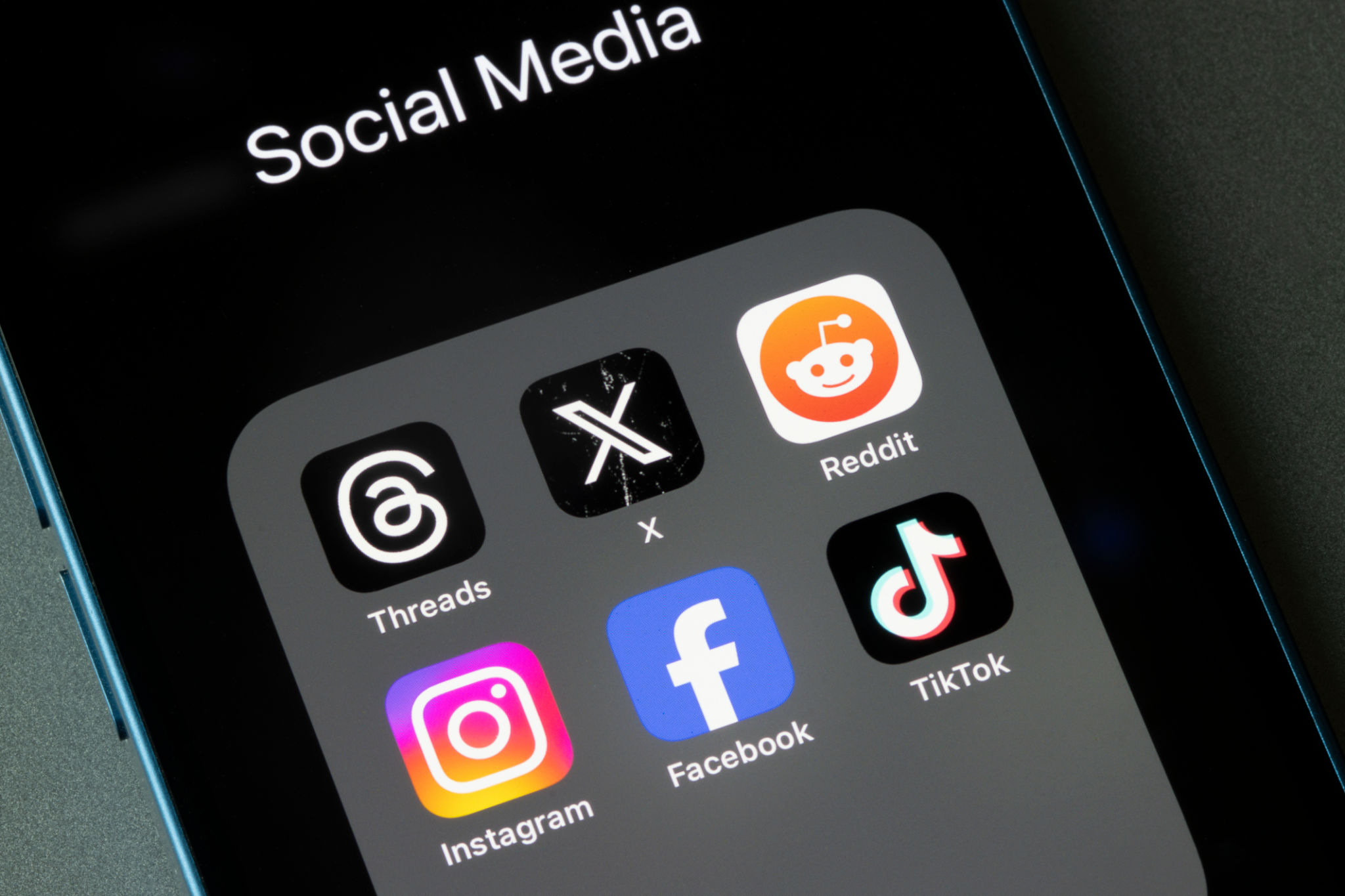Breaking Down Common Advertising Myths: What Really Works
Myth 1: Advertising is Only for Big Brands
One of the most pervasive myths about advertising is that it's only effective for big brands with massive budgets. This couldn't be further from the truth. In reality, advertising can be highly effective for small businesses and startups. The key is to tailor your advertising strategy to your specific audience and goals. With the rise of digital advertising, even businesses with modest budgets can reach a highly targeted audience and achieve significant results.
Small businesses can leverage platforms like Google Ads and Facebook Ads to create highly targeted campaigns that reach potential customers based on their interests, behaviors, and demographics. By focusing on a niche audience, small businesses can maximize their advertising dollars and compete with larger brands.

Myth 2: More Ads Mean More Sales
Another common misconception is that increasing the number of ads will directly lead to more sales. While it's true that increasing your ad spend can boost visibility, it's not always a guarantee of higher sales. The quality of your ads and the relevance to your target audience play a crucial role in the effectiveness of your advertising efforts.
It's essential to focus on creating high-quality, engaging ads that resonate with your audience. This means understanding their needs, preferences, and pain points. A well-crafted ad that speaks directly to your audience is more likely to drive conversions than a high volume of generic ads.
Quality Over Quantity
Instead of bombarding your audience with a large number of ads, invest time and resources into creating compelling and relevant content. This approach not only enhances the user experience but also builds trust and credibility with your audience.

Myth 3: Traditional Advertising is Dead
In the age of digital marketing, many believe that traditional advertising methods like print, radio, and TV are obsolete. However, traditional advertising still holds significant value, especially when integrated with digital strategies. For instance, a well-placed billboard or a catchy radio jingle can complement your online campaigns and reinforce your brand message.
Traditional advertising can be particularly effective for local businesses looking to reach a specific geographic area. Combining traditional and digital advertising allows you to create a comprehensive marketing strategy that maximizes reach and impact.
The Power of Integration
By integrating traditional and digital advertising, you can create a cohesive brand experience across multiple touchpoints. This multi-channel approach ensures that your message reaches your audience wherever they are, increasing the likelihood of engagement and conversion.

Myth 4: Advertising is Manipulative
Some people view advertising as a manipulative practice designed to trick consumers into buying products they don't need. While there are certainly examples of misleading advertising, the majority of successful campaigns are built on honesty and transparency. Consumers today are more informed and discerning than ever before, and they value authenticity in the brands they support.
Effective advertising focuses on highlighting the genuine benefits of a product or service and addressing the real needs of the audience. By being honest and transparent, brands can build trust and foster long-term relationships with their customers.
Building Trust Through Transparency
Transparency in advertising means being clear about what your product or service offers and avoiding exaggerated claims. This approach not only builds trust but also sets realistic expectations, leading to higher customer satisfaction and loyalty.

Myth 5: Social Media Advertising is Free
While it's free to create a social media profile and post content, effective social media advertising often requires a financial investment. Organic reach on platforms like Facebook and Instagram has declined over the years, making it challenging for businesses to reach their audience without paid advertising.
Investing in social media ads can significantly enhance your visibility and engagement. These platforms offer sophisticated targeting options, allowing you to reach specific demographics, interests, and behaviors. By allocating a budget for social media advertising, you can ensure that your content reaches the right people and drives meaningful results.
Maximizing ROI on Social Media
To maximize your return on investment (ROI) on social media, it's important to continuously monitor and optimize your campaigns. Use analytics tools to track performance and make data-driven decisions to improve your ad strategy. This iterative process helps you refine your approach and achieve better results over time.

